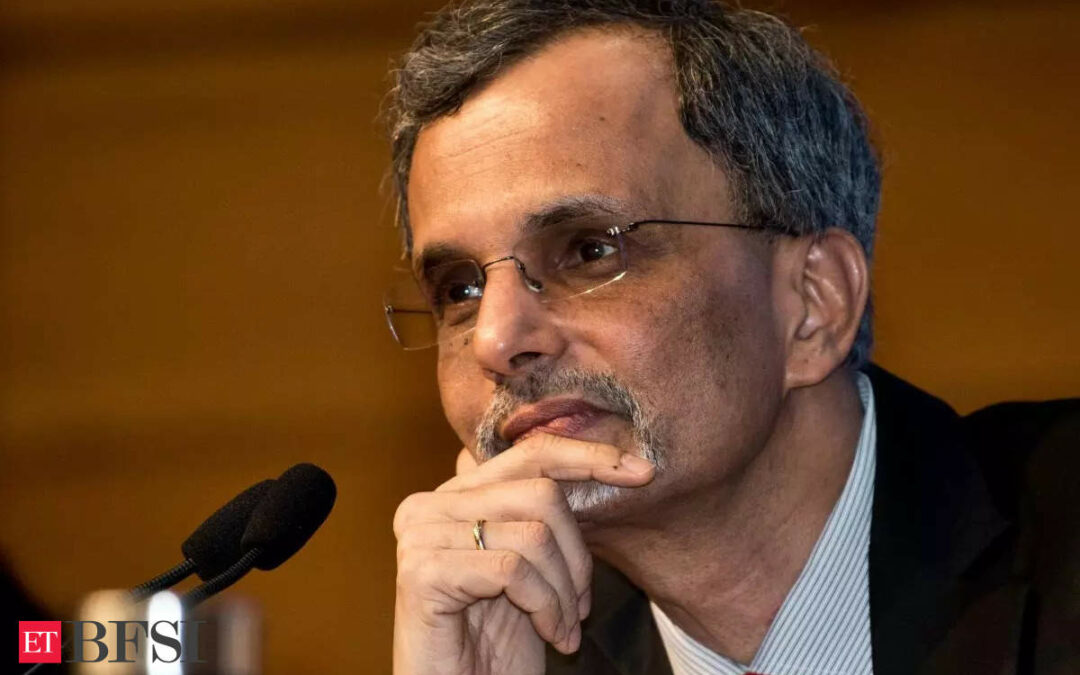New Delhi: Chief Economic Advisor V Anantha Nageswaran on Thursday advised India Inc not to seek protective cover of weak currency as it is not a substitute for productivity and investment in research and development. A weak currency can be good for exporters, making their products relatively less expensive for buyers abroad.
Nageswaran further said the reliance on weak currency should not be instrumental to boosting exports, “if anything, it should be part of the policy arsenal to be deployed contextually, but not as a substitute for productivity, investment in R&D and quality, but as a complement at best”.
Nageswaran further said the reliance on weak currency should not be the answer, if anything it should be part of the policy arsenal to be deployed contextually, but not as a substitute for productivity, investment in R&D and quality, but as a complement at best.
“We should not be thinking about in terms of the transformation of competitiveness, which is to continuously expect the weak currency to bail us,” he said at an event organised by the Institute for Studies in Industrial Development (ISID).
Noting that China relied on weaker currency but it was guided by domestic productivity leaps in the first decade and also in the last decade of the new millennium.
“In many other developing countries, including India, weak exchange rate actually has become a protective cover for lack of productivity.
“It was used to hide our inefficiencies. That should not be the case,” Nageswaran said.
He pointed out that China’s exchange rate policy accentuated the competitiveness that its domestic productivity gains were already conferring on its exports.
“But, we usually in the past has tended to shield, take cover behind the weaker exchange rate,” the CEA said, adding that it should not continue.
Nageswaran said many countries now focusing on exchange rates as a tool of industrial policy, so there will be reactions and counter-reactions.
Observing that the world has already entered the era of de-globalisation, he said, “The reliance on global GDP growth and global export growth, driving our export growth… is not going to happen”.
So, it is important for corporates to invest in human capital, the CEA emphasised.
While noting that the annual average economic growth of India between 2013-14 to 2023-24 was 5.9 per cent, he said, “Industrial transition is necessary for us to get back to high growth rate”.
Pointing out that no country has achieved industrial growth without a cheap energy supply, Nageswaran said the energy transition will be incomplete without cross-subsidisation that prevails in various sectors.
He said India’s export performance numbers are slightly more encouraging in the seven months of the current fiscal compared to the same period last fiscal.
Also, speaking at the event, RBI’s Monetary Policy Committee (MPC) member Nagesh Kumar said the compulsion to create decent jobs is greater for India.
“A country of 140 billion people, we need to find jobs for its youthful population. In this context, the government implemented the ‘Make in India’ programme 10 years ago.
Kumar said due to the Production Linked Incentive (PLI) scheme, India from nowhere, is becoming a major producer of smartphones.










